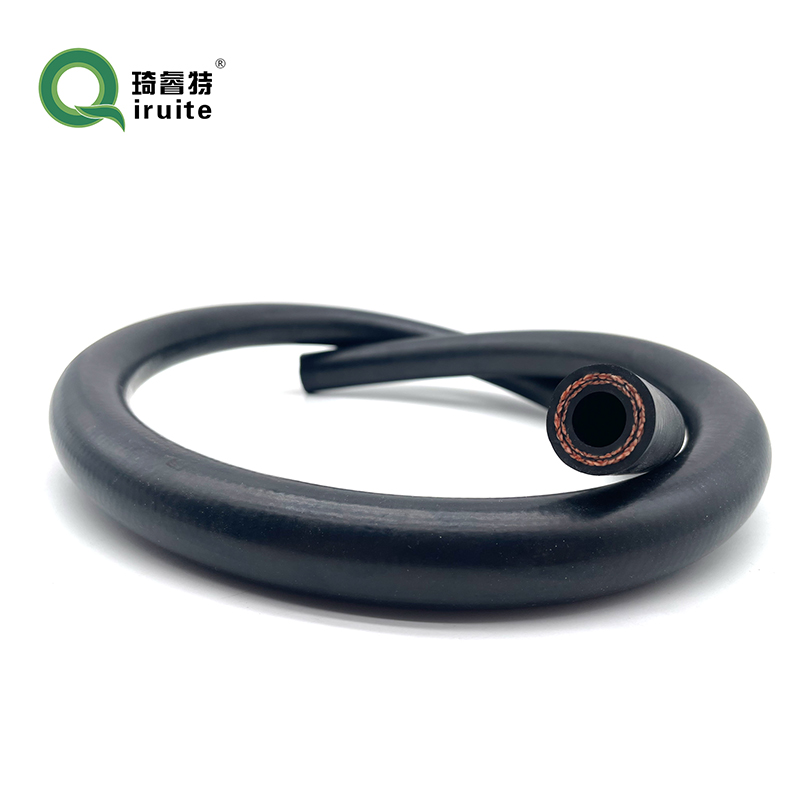Automotive Brake Hose Essentials for Performance and Safety in Vehicle Maintenance
Automotive Brake Hoses A Critical Component for Vehicle Safety
When it comes to vehicle safety, the brake system is undoubtedly one of the most crucial elements. Among its various components, the brake hose plays a significant role in ensuring that vehicles can stop effectively and reliably. Understanding the functions, types, maintenance, and potential issues related to automotive brake hoses can help drivers appreciate their importance and ensure their vehicles’ optimal performance.
The Role of Brake Hoses
Brake hoses are flexible tubes that connect the brake calipers or wheel cylinders to the brake lines. Their primary function is to transmit brake fluid under pressure from the master cylinder to the brakes at each wheel. When the driver presses the brake pedal, the master cylinder generates hydraulic pressure, which travels through the brake lines and hoses, activating the braking mechanism at each wheel.
The flexibility of the brake hose is crucial, as vehicles need to accommodate movement when driving. Whether it's the suspension system moving up and down over bumps or the steering system turning left and right, the brake hose must be able to stretch and bend without compromising its integrity.
Types of Brake Hoses
There are two main types of brake hoses rubber and braided stainless steel
.1. Rubber Brake Hoses Traditionally, most vehicles have been equipped with rubber brake hoses. These hoses are generally less expensive and provide adequate performance. However, they can deteriorate over time due to exposure to heat, moisture, and fluctuating temperatures. Rubber hoses can also swell under high pressure, which might lead to a spongy brake pedal feel.
2. Braided Stainless Steel Brake Hoses For enhanced performance, many enthusiasts and high-performance vehicles opt for braided stainless steel brake hoses. These hoses feature a rubber inner lining, but they are encased in a protective braided stainless steel exterior. This construction not only prevents expansion under pressure but also provides greater durability and resistance to abrasions. As a result, braided hoses can improve braking performance and provide a more responsive pedal feel.
automotive brake hose

Maintenance and Replacement
Regular maintenance of brake hoses is vital for ensuring vehicle safety. Over time, exposure to heat, friction, and environmental elements can lead to wear and tear. Signs that your brake hoses may need to be replaced include
- Visible Cracks or Bulges Inspect the hoses for any signs of cracking, bubbling, or bulging, which may indicate deterioration. - Leaking Brake Fluid Any leak around the hoses or brake system could point to a compromised brake line. Brake fluid is typically clear or light brown, so any unusual fluid presence should be examined. - Poor Brake Performance If the brake pedal feels soft or spongy, it might be a sign that there’s air in the system, or the hose is failing to transmit pressure effectively.
It is generally advisable to have brake hoses inspected every two years or when you have your brake system serviced. For those who frequently drive in harsh conditions or engage in high-performance driving, more frequent inspections may be warranted.
Potential Issues
Failure to maintain brake hoses can lead to severe and potentially life-threatening consequences. A ruptured brake hose can result in a complete brake failure, which could lead to accidents. Furthermore, using degraded or improperly matched hoses can impair the brake system’s ability to function efficiently.
In addition to physical deterioration, external factors such as extreme temperatures and chemical exposure can also affect brake hoses. For instance, exposure to oil or coolant can damage rubber hoses, while extreme cold may reduce flexibility.
Conclusion
In summary, the automotive brake hose is a crucial component of vehicle safety that helps ensure effective braking. With advancements in hose technology, options like rubber and braided stainless steel hoses each offer unique benefits. Regular inspection and maintenance of these hoses are essential to avoid potentially dangerous situations on the road. Understanding the importance of brake hoses empowers drivers to take proactive steps in maintaining their vehicles, ultimately enhancing safety for everyone on the road. Take care of your brake system, and your vehicle will take care of you.
-
Ultimate Spiral Protection for Hoses & CablesNewsJun.26,2025
-
The Ultimate Quick-Connect Solutions for Every NeedNewsJun.26,2025
-
SAE J1401 Brake Hose: Reliable Choice for Safe BrakingNewsJun.26,2025
-
Reliable J2064 A/C Hoses for Real-World Cooling NeedsNewsJun.26,2025
-
Heavy-Duty Sewer Jetting Hoses Built to LastNewsJun.26,2025
-
Fix Power Steering Tube Leaks Fast – Durable & Affordable SolutionNewsJun.26,2025

